If allergies are your body’s complaint department, hives are its protest banners—raised in broad daylight and impossible to ignore.
The itch begins like a whisper and builds relentlessly like a monsoon storm until your fingernails become weapons against your skin. That moment of scratching brings exquisite relief, followed by crushing guilt.
In my Bangalore clinic, I see them every day now—more than ever before: the software engineer whose hives appear like clockwork at 3 PM, the homemaker who breaks out in welts after her morning walk, and the college student whose skin writes its own stories when touched. Twenty-five years of treating urticaria have taught me that medical textbooks lie when they say it’s simple: find the trigger, eliminate it, problem solved.
The reality? It’s a detective story where the clues keep changing. Today’s patient blames the peanuts; next week, it’s the weather. And the food diary I prescribed? It sits empty like yesterday’s promises. Blood tests play hide-and-seek—sometimes showing allergens or mysterious elevated eosinophils, other times revealing nothing. “Doctor, I’m certain it’s the tomatoes,” a patient declares on Monday, only to return on Friday convinced it’s her new shampoo.
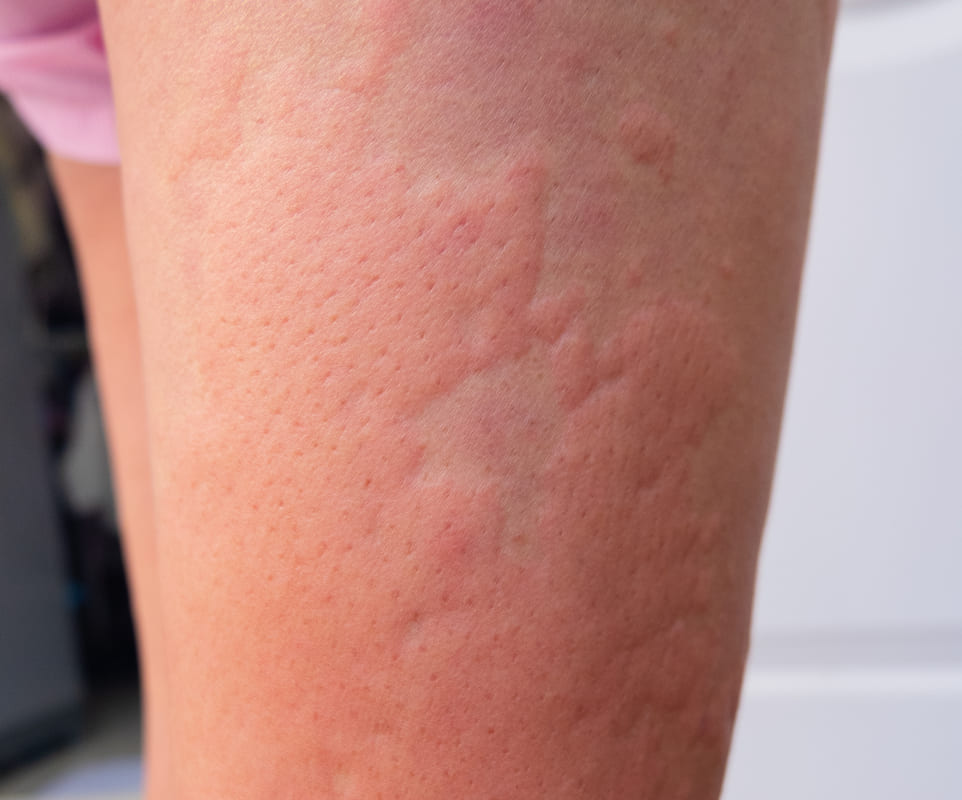
I have successfully treated thousands of cases, yet each new patient walks in with a puzzle that refuses to fit any previous pattern. It’s like solving a crossword where the clues change daily—what triggers hives in one person brings no reaction in another. Some break out from a gentle breeze, others from a gentle touch. A new pet, a change in weather, a different brand of soap—the variables dance like shadows in a game where the rules keep shifting.
That’s why I have become part detective, philosopher, and sometimes even storyteller. Because the most profound medical mysteries aren’t hiding in lab results or skin prick tests—they live in the complex choreography between our bodies and the world around us. It’s a dance that grows more intricate with each passing year, where every case adds a new step to the routine, and just when you think you have mastered the rhythm, the music changes again.
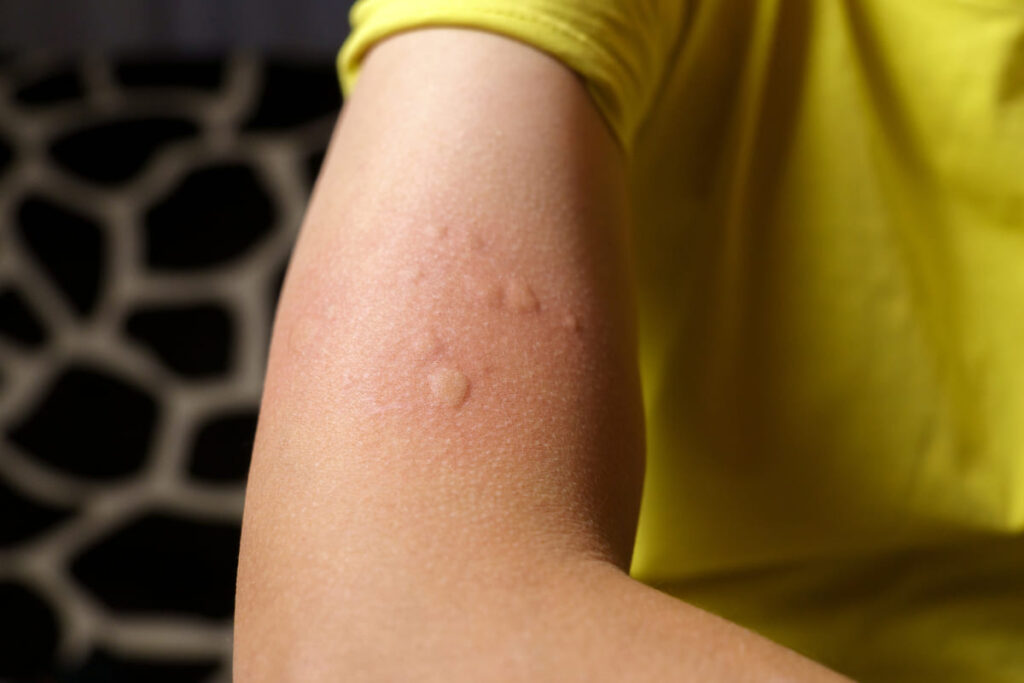
Let me take you on a journey through the intriguing world of urticaria, or ‘sheeta pitta’ as we call it in Ayurveda—a condition as complex as Bangalore’s traffic patterns and as varied as our city’s culture. Like the countless food stalls in our vibrant street markets, urticaria comes in many flavours, each with its unique presentation and challenges.
I remember a fascinating case from the last monsoon season. A software professional walked into my clinic, her skin adorned with welts that resembled the patterns of a Kanjeevaram silk saree. Her story was like many others in our tech city – long hours in air-conditioned offices, irregular eating patterns, and stress levels higher than our peak-hour metro crowds. But what made her case fascinating was how her hives would appear precisely at 3 PM daily, like our infamous afternoon traffic jams.
Recent research has shown something remarkable—about 45% of chronic urticaria cases in urban India have a strong correlation with gut microbiota imbalance. This perfectly aligns with our ancient Ayurvedic texts, which have always emphasized the connection between skin health and digestive fire (Agni). It’s like our ancestors were sophisticated microbiologists without microscopes!
Think of urticaria as a chameleon in the medical world. There’s acute urticaria, appearing and disappearing like a magician’s trick, rarely staying beyond six weeks. Chronic urticaria plays the long game, setting up camp on your skin for months. Then there’s physical urticaria – where your skin becomes a hypersensitive canvas, reacting to pressure like fresh henna paste or temperature changes like a delicate flower closing at dusk.
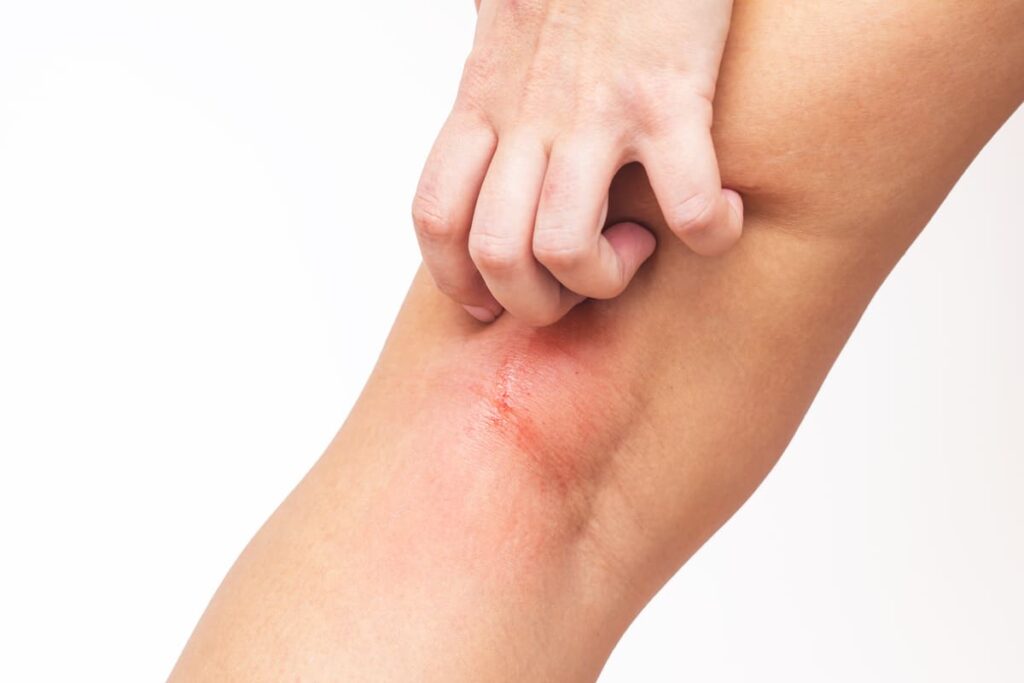
Modern research published in the International Journal of Dermatology has revealed fascinating insights into the immunological mechanisms of urticaria. They have identified new basophil activation pathways that remind me how our body’s defence system is like a well-coordinated team of traffic policemen, sometimes overreacting to perceived threats just as our immune system does with urticaria.
In my practice, I have noticed how the condition affects people from all walks of life, from IT professionals to auto drivers, from homemakers to startup founders. Like the diverse communities that comprise our garden city, each case tells a unique story. I recall treating an elderly gentleman whose chronic urticaria would flare up every time he consumed dairy—quite a challenge in a culture where curd rice is considered a comfort food!
Regarding food triggers, let me map out the geography of culprits I have documented over decades of practice in India. Nuts and oils often top the list: peanuts (incredibly raw or roasted), almonds, cashews, and even the peanut oil used in everyday cooking can be silent troublemakers.
Vegetables bring their cast of suspects: brinjal (especially when eaten regularly), drumstick leaves (moringa), cluster beans, raw onion, garlic, and tomatoes (particularly in raw form).
Eggs are a significant trigger – not just whole eggs, but even foods containing egg traces like baked goods or mayonnaise. The nightshade family (brinjal, tomatoes, potatoes) proves particularly problematic for many patients.
Seafood triggers read like a coastal menu: prawns, crabs, mussels, mackerel (bangda), and sardines (mathi). Even healthy favourites aren’t innocent – sprouted beans, raw salads, and fresh coconut can cause flare-ups.
Dairy shows up frequently in my case files: curd (especially at night), cheese, and milk products (particularly when cold). Common additives in Indian kitchens like Ajinomoto, food colouring in sweets, preservatives in packaged foods, and certain spice combinations (especially garam masala) are the usual suspects.
What’s trickier is how some triggers work in combinations – someone might tolerate peanuts alone but react when combined with egg or dairy. This is precisely why maintaining a detailed food diary becomes your most potent detective tool – it helps unveil individual triggers and their mysterious partnerships, timing, and quantities that transform your everyday meal into your skin’s nemesis.
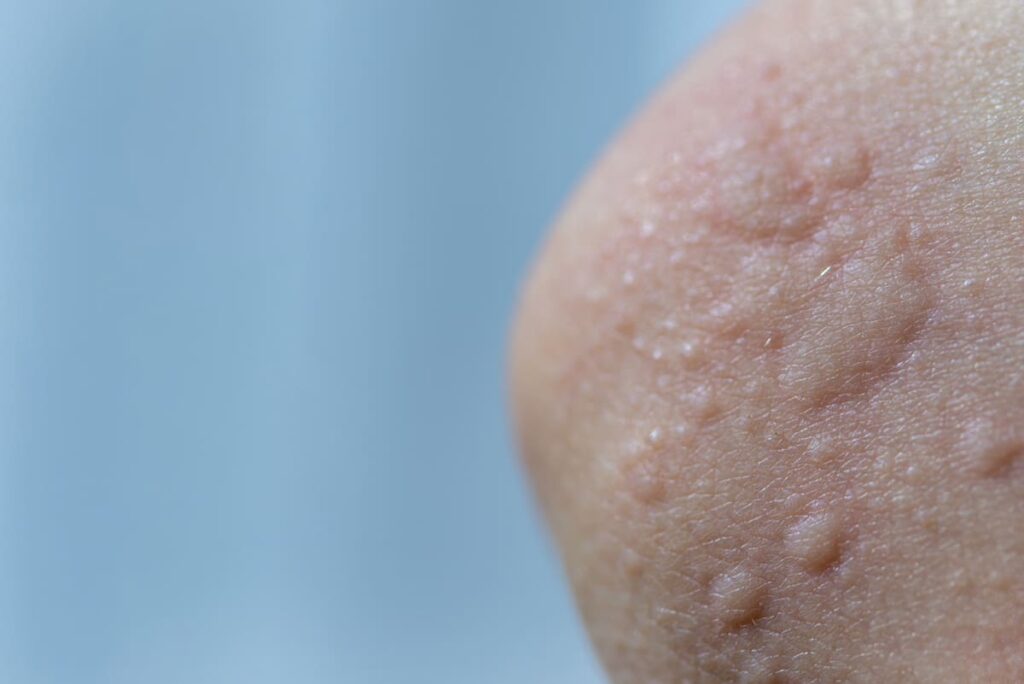
And sometimes, these food triggers can turn deadly serious. Twenty years ago, on a routine Bangalore-Delhi flight, I witnessed how a simple peanut chikki could become a life-threatening emergency. Halfway through the flight, a passenger across the seat – a young man in his thirties – started developing angry red welts minutes after eating a peanut chikki. Within moments, his face began swelling, and his breathing became laboured. It was anaphylaxis unfolding at 35,000 feet.
The panic was palpable. Flight attendants rushed through the aisles, calling for a doctor. Fortunately, a surgeon three rows behind responded immediately. His actions were swift and decisive—he accessed the flight’s emergency kit, quickly established an IV line, and administered antihistamines and steroids. I can still remember him calmly inserting a tongue depressor to prevent airway closure while speaking softly to the terrified patient.
Those fifteen minutes felt like hours. The pilot had already contacted ground emergency services, and upon landing in Delhi, paramedics whisked the patient away to the nearest hospital. He survived, thanks to that surgeon’s quick thinking and the emergency kit’s availability. Today, when patients tell me they’ll “just take a small bite” of something they’re allergic to, I tell them this story.
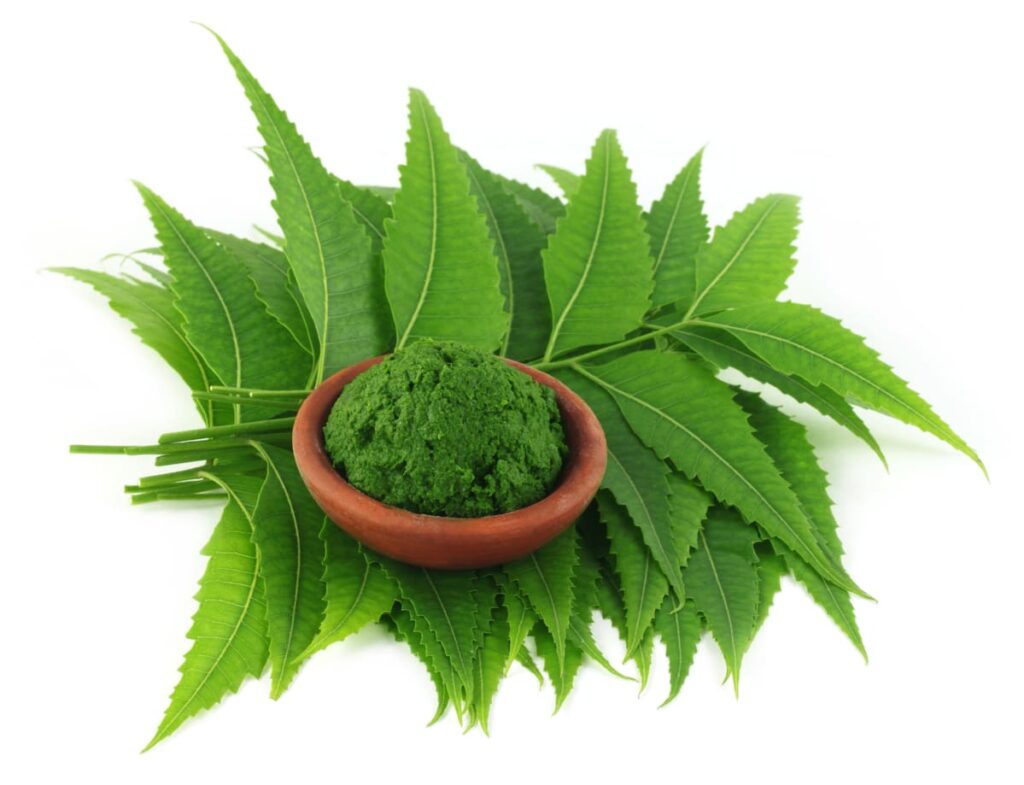
The beauty of Ayurvedic treatment lies in its holistic approach. We don’t just treat the skin; we treat the person as a whole. It’s like tending to a garden – you can’t just water the leaves; you need to nurture the roots, check the soil quality, and ensure the right environment. Our traditional herbs like Nimba (Neem), Manjistha, and Sariva work like nature’s antihistamines but without the drowsiness that often accompanies modern medications.
Traditional wisdom and modern lifestyle challenges make practising in Bangalore particularly interesting. I often find myself explaining to patients how their ‘vata-pitta imbalance’ is aggravated by their startup stress or how their ‘kapha disturbance’ is related to their sedentary coding job. It’s like being a translator between the ancient and modern worlds.
Recent clinical trials at major Ayurvedic institutions have shown promising results with integrated approaches. A study from the Institute of Medical Sciences, BHU, demonstrated that combining traditional Ayurvedic medicines and lifestyle modifications improved chronic urticaria cases by 67% over six months. These results are like the perfect Bangalore weather—not too hot or cold, just right!
But let me be clear – managing urticaria isn’t always a straight road like our old Airport Road. Sometimes, it’s more like navigating through Silk Board Junction during peak hours – complex, requiring patience, and occasionally frustrating. I’ve seen cases where the triggers were as elusive as finding a parking spot on Commercial Street on a Sunday evening.
What fascinates me most is how our ancient texts described what modern science is now discovering. The Charaka Samhita’s description of skin disorders and their connection to digestive health is validated by current gut-skin axis research. It’s like finding an old Bangalore map that perfectly matches today’s satellite imagery!
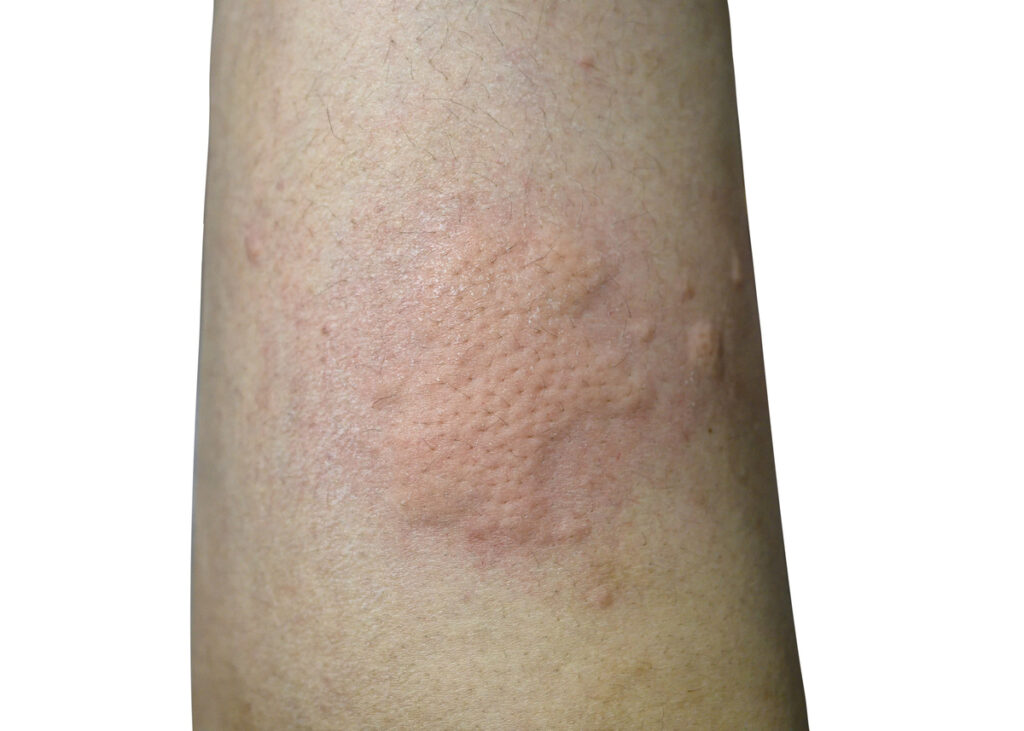
A compelling study published in the Journal of Ethnopharmacology has documented the efficacy of traditional herbs like Guduchi and Yashtimadhu in managing urticaria symptoms. These findings are particularly relevant for our Indian population, where these herbs have been used for millennia. The study showed that these herbs work as symptomatic relief and help modulate the immune response—much like our traditional wisdom teaches us to maintain balance rather than just suppress symptoms.
The scratch comes first like a lover’s touch, sweet and promising relief. Then it betrays you. In offices across Bangalore, these warriors will grip chair arms, hiding their battle beneath silk sarees and crisp cotton shirts. Their weapons are antihistamine strips; their battle scars are raised welts that tell stories in braille.
They arrive with pockets full of borrowed wisdom – neem leaves from vegetable vendors, babas’ mysterious powders, countless well-meaning prescriptions. They come carrying food diaries like confessionals: no tomatoes, no prawns, no curd after sunset. Some become scientists of their existence, while others wander lost in the maze of triggers, hunting truths that shift like desert sands.
But Ayurveda has known its story for centuries. Long before antihistamines, Patola and Guduchi sang in our medicines. Before steroids, Panchakarma pulled toxins from the body. These ancient ways still work—Deepana stoking digestive fires, blood purifiers cleansing what tests cannot name, and Rasayana rebuilding what stress tears down.
Patients come for relief from itching, and we give them freedom from disease. This is Ayurveda’s truth about urticaria.

